The Perplexity of Literary Youth: how to choose Coffee beans?
Friends who like coffee will not be careless in their choice of coffee beans. Learning to choose coffee beans is the first and most important step. If you want to make a good cup of coffee, in addition to your own technology, the most important thing is how to select high-quality coffee beans and how to better preserve them.
When buying coffee, it is better to buy coffee beans rather than ground coffee powder. although they are all the same in essence, the actual situation is that the ground coffee powder is very easy to oxidize and not easy to preserve. Even those coffee powders that seem to last for a long time, in fact, add a lot of preservatives, which will greatly affect the taste of later brewed coffee, so, if you want to make a good cup of coffee, the best and right thing to do is to grind the coffee on the spot before brewing it, so as to maintain the mellow and taste of the coffee to the maximum extent. The average coffee bean can be preserved for about a month, but if it is coffee powder, it should not be more than five days at most.
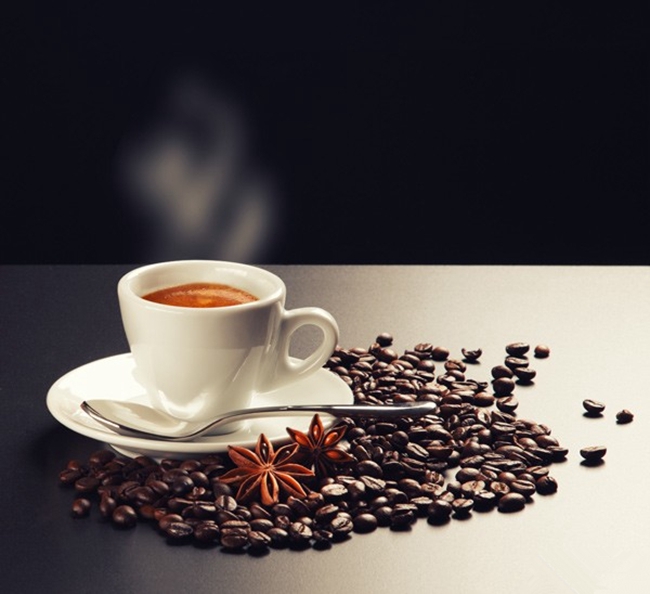
Today, let's take a look at the magic skill of the god's coffee bean selection:
The first point:
It is necessary to pay attention to the original habits of coffee beans. Coffee beans should not be exposed to strong sunlight and should not be put together with volatile things. These two points indicate that coffee beans are best sealed in dark boxes or jars.
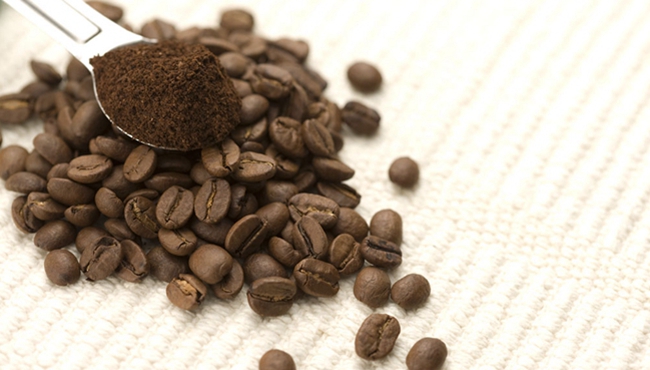
The second point:
To distinguish the beans you need according to the color of the coffee beans, whether they are beginners or friends who have been in the coffee circle for a long time, you still need to know the basics by heart. Coffee beans will show different colors depending on the degree of roasting. The flavor of coffee itself will also change. The sour taste of lighter coffee beans is very strong, but with the deepening of roasting, the sour taste of coffee beans will slowly disappear, while the bitterness will rise step by step. Basically, we divide the roasting degree of coffee beans into light roasting, moderate roasting, and deep roasting. These three main categories can be subdivided into eight subcategories. Detailed list is the following eight levels, from shallow to deep: shallow baking, meat baking, moderate baking, deep baking, urban baking, full-process baking, French baking, Italian baking, of which Italian baking is the deepest.
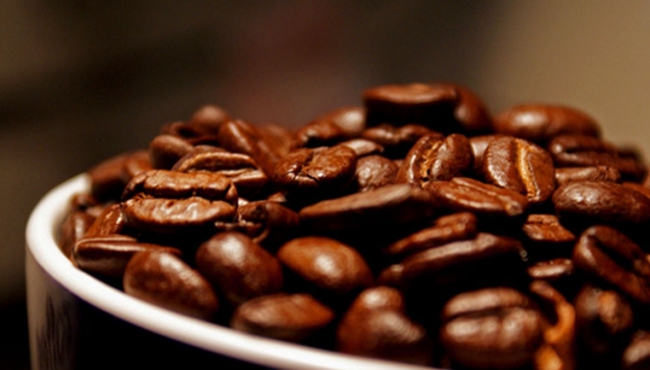
The third point:
Is to learn to check the shelf life of coffee beans, coffee beans begin to oxidize after baking, just like aluminum powder, although the speed is not so fast, but the principle is still the same. And coffee beans also have the characteristics of moisture absorption and flavor absorption, so try to buy fresh coffee beans, but for this habit of coffee beans, do not throw away coffee beans that have gone bad, as a desiccant and deodorant in refrigerator or wardrobe is a good choice, environmentally friendly and pollution-free.
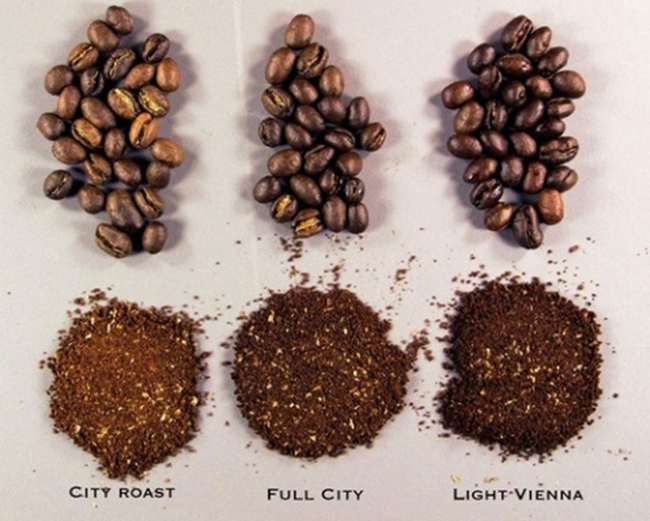
The fourth point:
That is, how to distinguish whether coffee beans can continue to be used or whether they go bad and have to be abandoned. Apart from looking at the color, what you should believe most here is your nose. Fresh coffee beans smell rich in the original fragrance of coffee, while coffee beans that are not fresh or have been over-oxidized will have a poor or basically no flavor, and serious coffee beans will have a musty smell. The smell of earthy and iodine may even have the taste of fermentation.
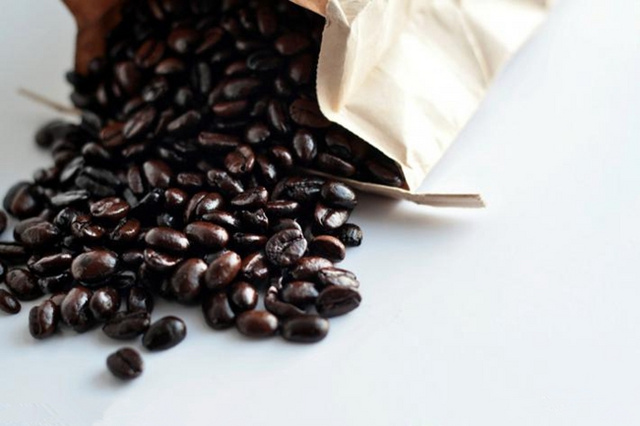
Fifth point:
It is also the most essential point, press or taste it directly with your hand, because when you squeeze the coffee bean with your hand, the good coffee bean will not only give off the overflowing fragrance but also accompany the crisp crack sound when it cracks. further, you can put the coffee bean into your mouth and bite it open. If the sound of the crack is crisp and short, then it shows that the coffee bean is not wet. Another purpose of doing this is to see whether the internal color of the coffee beans is consistent with or close to the outside. The coffee with the same appearance is naturally roasted well and belongs to high-quality beans. If the coffee beans are different from each other inside and outside, it shows that the firepower is too fast or the heat is not well mastered when roasting, and the taste of such beans will be greatly affected when they are finally made into coffee.
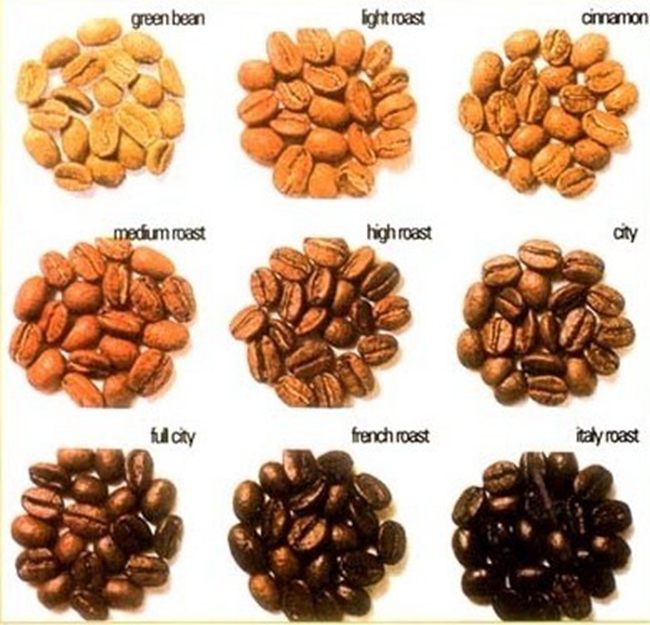
Important Notice :
前街咖啡 FrontStreet Coffee has moved to new addredd:
FrontStreet Coffee Address: 315,Donghua East Road,GuangZhou
Tel:020 38364473
- Prev

Good coffee starts with beans. Coffee beans that are very popular with baristas.
Whether a cup of coffee tastes pure or not is closely related to its origin. Good coffee beans are the key to determining the flavor of coffee. And every baristas will have their own favorite coffee love, or fall in love with a certain flavor of coffee beans, or love a certain color and aroma, or just the place where they are produced attracts them. Of course, no matter what kind of coffee beans are, there is no good way to bake them.
- Next
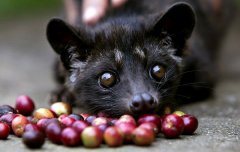
Delicious coffee beans are mainly grown in Africa
Delicious coffee beans are mainly grown in Africa, Indonesia and Central and South America. The most famous is cat poop coffee, which is picked by a cat, the civet, and specially processed by it. I believe that in many TV advertisements about coffee, we will see the figure of coffee beans. Coffee beans are ground into powder, simply boiled with water
Related
- Guji coffee producing area of Guji, Ethiopia: Humbela, Shakiso, Wulaga
- What is the most expensive variety of Qiloso in BOP multi-variety group?
- How to store the coffee beans bought home?
- Why are Yemeni coffee beans so rare now?
- Ethiopian Sidamo all Red Fruit Sun Sun Santa Vini Coffee beans
- SOE is mostly sour? What does it mean? Is it a single bean? what's the difference between it and Italian blending?
- Is Italian coffee beans suitable for making hand-brewed coffee?
- How to choose coffee beans when making cold coffee? What kind of coffee beans are suitable for making cold coffee?
- Just entered the pit to make coffee, what kind of coffee beans should be chosen?
- Can only Japan buy real Blue Mountain Coffee? What are authentic Jamaican Blue Mountain coffee beans?

